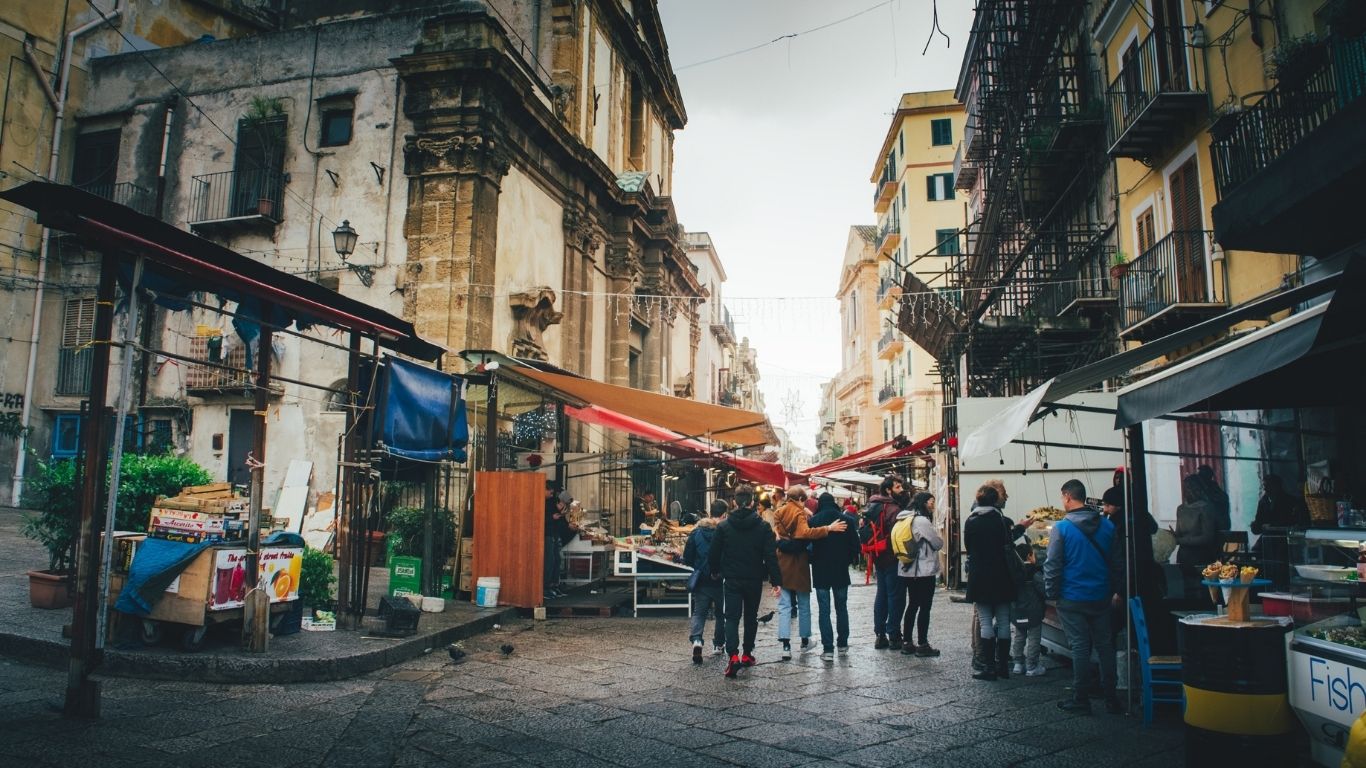
Located in the middle of the Mediterranean Sea, Palermo is a city where many civilizations have left their mark throughout history and this rich heritage is still alive today, and every corner of Palermo is a reflection of this cultural diversity.
Each day you spend in Palermo will provide you with unforgettable moments in the neighborhoods where you can both take a journey through the city’s history and take the pulse of daily life.
Here’s a small guide to the highlights of this fascinating city and how life goes on in its streets:
- Quartiere Alberghiera: Daily Life in the Shadow of the Past
Quartiere Alberghiera is one of the oldest neighborhoods in Palermo, notable for its historical fabric, but also home to a vibrant community life.
Everyday life in this neighborhood is a blend of centuries-old traditions and modern life.
As you walk through the narrow streets dating back to the Middle Ages, you can see laundry hanging from balcony to balcony, listen to elderly people chatting on corners and mingle with children playing in the streets.
You can see people shopping in the local markets, chatting with their neighbors, and taking a coffee break on every corner.
Alberghiera is the ideal place to take the pulse of Palermo and discover its traditional side.
- Quartiere Ballarò Life in the Heart of the Market
Quartiere Ballarò is home to Palermo’s most famous market, Ballarò, and the energy of the market drives life in this neighborhood.
Ballarò is bustling from early in the morning, as shopkeepers set up their stalls and residents flock to buy fresh fruit, vegetables and seafood.
As you wander through the market, you’ll encounter vendors shouting to attract attention to their wares, shoppers haggling as they carefully inspect the goods, and the tantalizing smells of street food from a food stall around every corner.
The Ballarò neighborhood is a treasure trove for those who want to see the authentic, unfiltered side of Palermo.
- Quartiere La Kalsa: Steeped in History and Culture
La Kalsa, one of the oldest neighborhoods in Palermo with Arab and Norman heritage, is a symbol of cultural diversity.
Many street signs in this neighborhood are written in three languages – Arabic, Italian and Hebrew – to reflect the heritage of the three most important communities that lived here and left a significant legacy.
Indeed, the name of the neighborhood also sheds light on its history: 9.
century by the Arabs, the name of this area comes from the Arabic word “Al-Khalesa”, which means “distinguished” or “noble”.
From the mid-20th century, the influence of the Sicilian mafia began to be felt in this neighborhood, which was struggling with poverty and unemployment at the time.
In fact, La Kalsa has become synonymous with the stories of Giovanni Falcone and Paolo Borsellino, two of the most iconic figures born here, and the images captured by Letizia Battaglia’s lens.
While visiting La Kalsa, which also contains striking examples of street art with strong political and social messages, it is of great importance to see the traces of the struggle against the mafia and poverty in order to understand not only the beauties but also the difficulties of the city.
Today Kalsa is known as one of the most attractive areas of Palermo for its bohemian atmosphere and is full of art galleries, small cafes and local artisan workshops.
Life in the neighborhood is quiet but full of cultural events.
Especially in the late afternoon, you’ll find locals sitting in cafes and hanging out with friends, street performers putting on performances and children playing in the parks.
Kalsa is ideal for those who want to discover the cultural depth of Palermo and the tranquility of local life.
- Quartiere La Vuccirìa: Artists’ Meeting Center
La Vuccirìa is home to another of Palermo’s famous markets and is an area that has been influenced by different cultures throughout history.
The name of the neighborhood and the market is derived from the French word “boucherie”, which means “meat market”.
In Vuccirìa, one of the oldest neighborhoods in Palermo, the street signs are written in three languages.
During the daytime, the neighborhood comes alive with the energy of the market, and in the evenings it becomes a meeting point for young people and the center of nightlife.
Vuccirìa is not just a marketplace, but a neighborhood steeped in art and culture.
Like La Kalsa, murals and street art are very common here.
Especially since the late 20th century.
Vuccirìa has become a meeting point for young artists and street artists since the end of the 20th century, and inspired the painting “La Vuccirìa” by the famous Sicilian painter Renato Guttuso.
- Quartiere Il Capo: The Friendly Face of Palermo
The Capo neighborhood is a well-established residential area of Palermo dating back to the Arab era.
The name of the neighborhood comes from the Arabic word “al-Kab”, which means “head” or “summit”.
The name reflects the strategic location of the neighborhood to the historical center of Palermo.
Shaped over time under the influence of different cultures, the neighborhood has a rich cultural heritage.
During the Middle Ages, the neighborhood was heavily populated by artisans and merchants.
This demographic element continues to be reflected in the neighborhood’s rich architecture and daily life.
The Capo neighborhood is home to the most popular market for Palermo’s locals.
The Capo Market is the ideal place not only for shopping, but also for observing Palermo’s daily life up close, as the neighborhood’s life largely revolves around the market.
Here it is possible to feel the daily rituals of Palermo’s locals and the friendly atmosphere of the neighborhood.
The inhabitants are traditional, hospitable and have a strong sense of community spirit.
Listen to the Heartbeat of the City in Palermo’s Neighborhoods
Palermo offers a unique experience to its visitors with its historical texture, cultural diversity and vibrant neighborhood life.
You can trace the traces of the past in the historic fabric of Alberghiera, observe the local people and traditions in the colorful market of Ballarò, feel the cultural diversity and spirit of struggle while walking through the narrow streets of La Kalsa, trace the art in the lively atmosphere of La Vucciria, and experience the hospitality of the locals firsthand in Il Capo.
As you explore Palermo’s neighborhoods, each with its own story and cultural mosaic, you will not only learn about the city’s history and culture, but also mingle with its people and absorb its true spirit in its breathing streets.

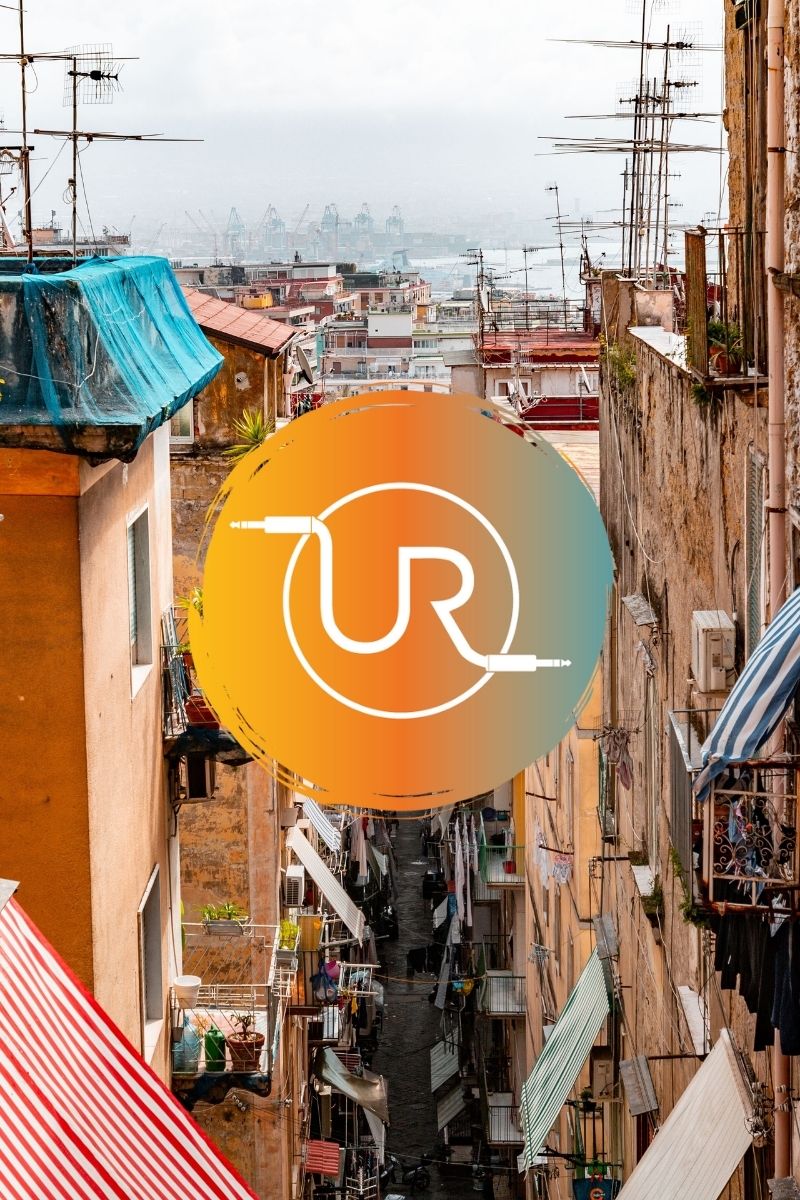
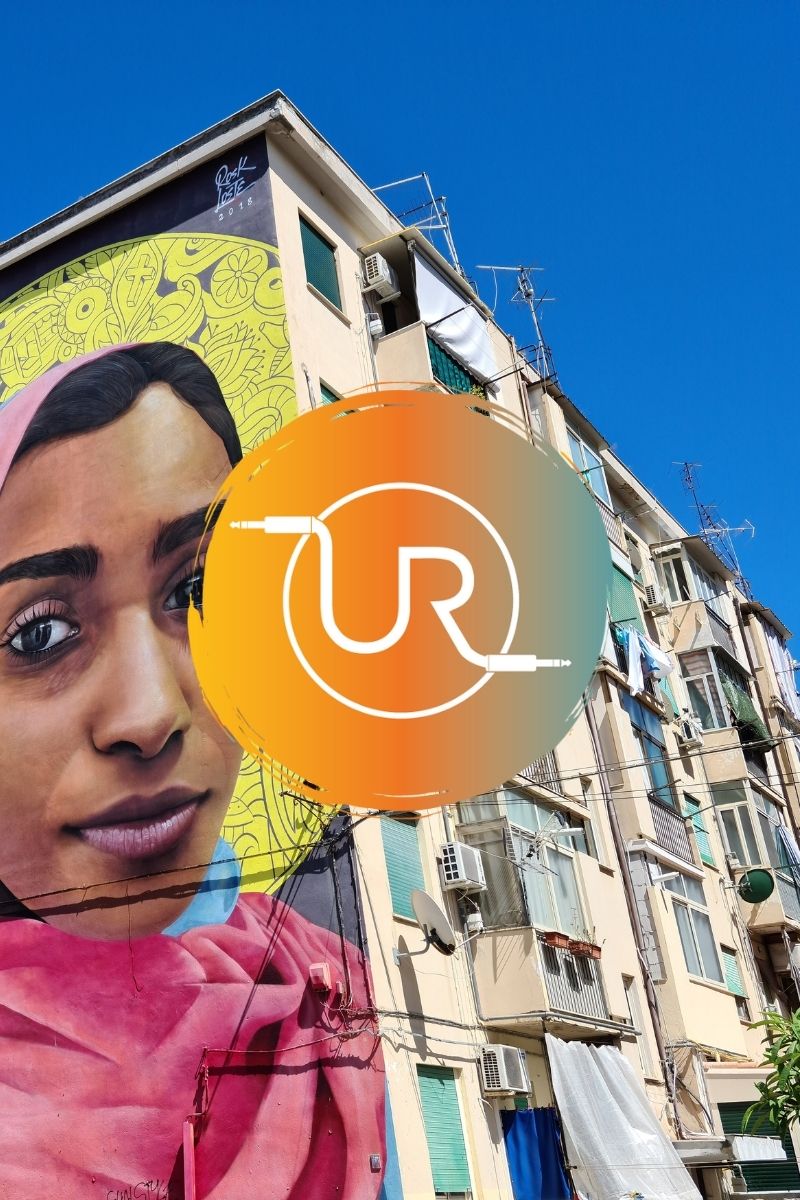
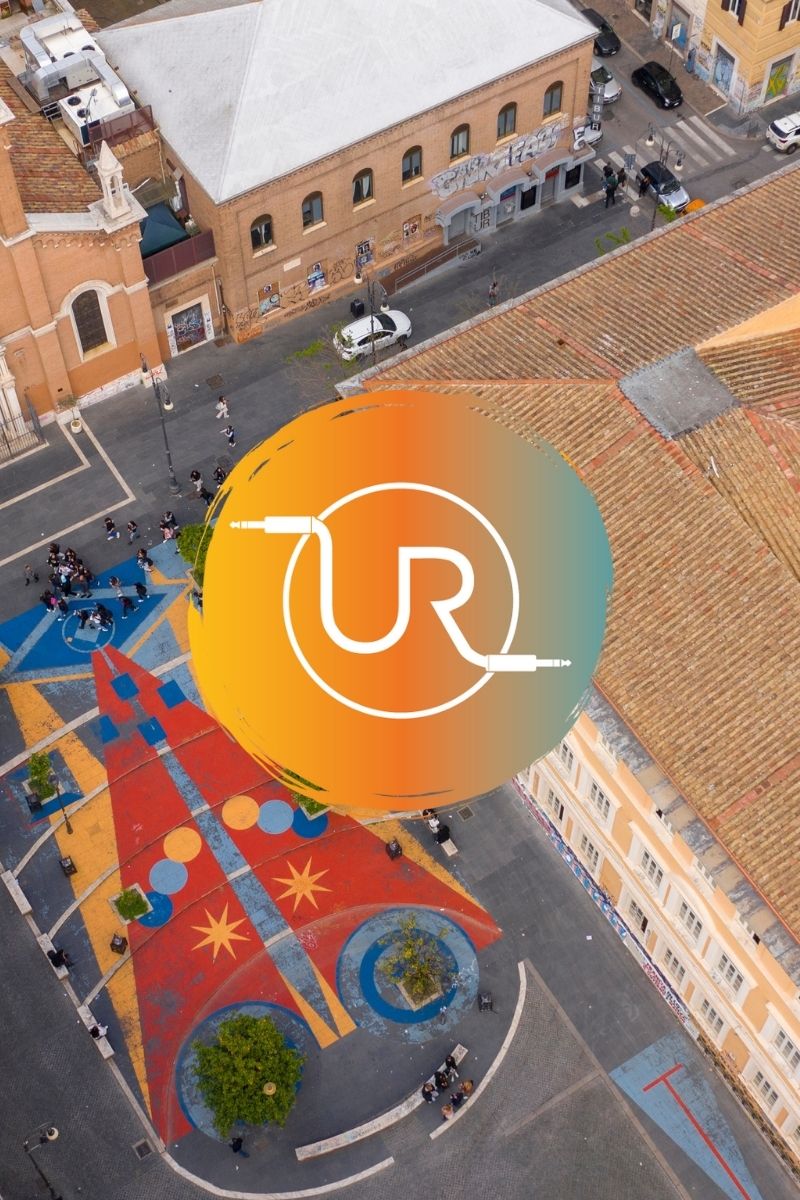
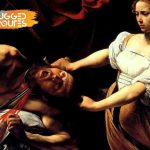
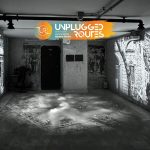

Leave a comment: